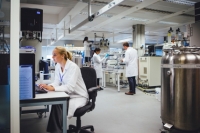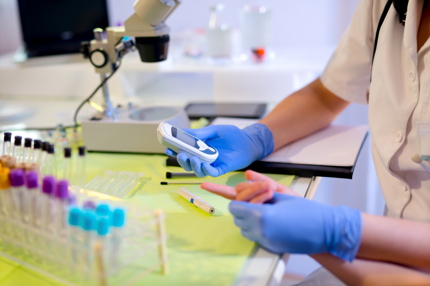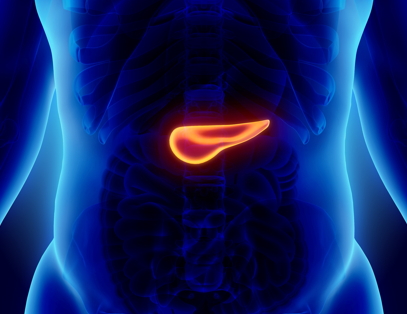Introduction to Diabetes Syndromes



This session introduces the different classifications of diabetes in children and explains the molecular mechanisms and pathophysiology of various diabetes syndromes.
Learning Objectives
By the end of this session you will be able to:
- Describe the mechanism behind the release of insulin from beta cells in the pancreas
- Outline the various types of maturity onset diabetes of youth
- Explain the causes and management of neonatal diabetes
This session introduces the different classifications of diabetes in children and explains the biological mechanisms behind the release of insulin from beta cells in the pancreas.

Dr. Dhaara Iyer trained in paediatrics in India. She came to UK for further training and experience in paediatrics. Dhaara has a special interest in paediatric endocrinology and diabetes.
Through her training as a paediatric registrar, she has worked in paediatric endocrinology and diabetes at Sandwell and West Birmingham NHS trust, University Hospital Coventry and Warwickshire, Birmingham Children’s Hospital and University Hospital of North Midlands.
Currently, Dhaara is a senior clinical fellow in paediatric endocrinology and diabetes at Birmingham Children’s Hospital.


Dr Chizo Agwu. MBBS, MRCP, PCME, MSc, FRCPCH is also an Honorary Senior Clinical Lecturer/Deputy Admissions Tutor at University of Birmingham and RCPCH Principal Regional Examiner for West Midlands.
Other International/National Roles related to diabetes include:
- Member Executive Advisory council of ISPAD (International Society for Paediatric and Adolescent Diabetes)
- Paediatric Section Editor: Diabetes Digest Journal
- Member NICE Guideline Development Group: Diabetes Foot 2013 to March 2015
- Immediate Past National Chairman, Association of Children’s Diabetes Clinicians UK
- Anaesthesia | Physiology | Materno-fetal Circulati...
- Posted By eIntegrity Healthcare e-Learning
- Posted Date: 2025-02-22
- Location:Online
- This session will explain fetal circulation and the changes which occur at birth.
- Anaesthesia | Physiology | Functions of the Placen...
- Posted By eIntegrity Healthcare e-Learning
- Posted Date: 2025-02-22
- Location:Online
- This session will explore the functions of the placenta and will provide the necessary understanding for a doctor starting in obstetric anaesthesia.
- Anaesthesia | Physiology | Physiology of Pregnancy...
- Posted By eIntegrity Healthcare e-Learning
- Posted Date: 2025-02-22
- Location:Online
- This session will explore the changes in gastrointestinal, central nervous system, endocrine, renal and musculoskeletal physiology providing the necessary understanding for a doctor starting in obstetric anaesthesia.
- Anaesthesia | Physiology | Physiology of Pregnancy...
- Posted By eIntegrity Healthcare e-Learning
- Posted Date: 2025-02-22
- Location:Online
- This session will explore the changes in cardiovascular, haematological and respiratory physiology during pregnancy and labour, providing the necessary knowledge for a doctor starting out in obstetric anaesthesia.
- Anaesthesia | Physiology | Thyroid and Parathyroid...
- Posted By eIntegrity Healthcare e-Learning
- Posted Date: 2025-02-22
- Location:Online
- This session is split into two sections. The first outlines the physiology of the thyroid gland and homeostatic control of thyroid hormone secretion. The second describes and explains the body’s mechanisms for controlling plasma calcium concentrati







